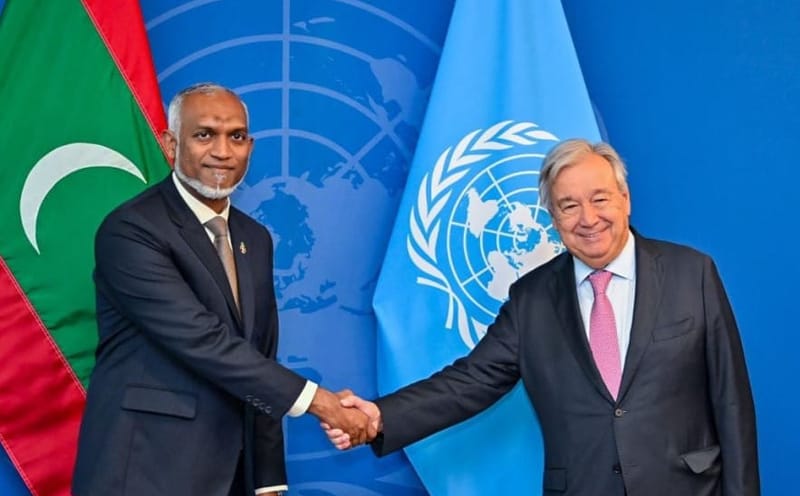From Division to Diplomacy: The Complex Relationship Between North and South Korea
Historical Background
The Korean Peninsula, home to both North and South Korea, has a history marked by division and conflict. Originally unified under the Joseon Dynasty until the early 20th century, Korea was annexed by Japan in 1910. Following Japan's defeat in World War II in 1945, the peninsula was liberated but subsequently divided along the 38th parallel, with the Soviet Union occupying the north and the United States occupying the south.
The Korean War and Aftermath
In 1950, tensions escalated into the Korean War when North Korea, led by Kim Il-sung, invaded South Korea. The war, which lasted until 1953, resulted in a stalemate and an armistice agreement, but no formal peace treaty was signed. This left the two Koreas technically still at war. The Korean Demilitarized Zone (DMZ), a heavily fortified border, was established, symbolizing the enduring division.
Divergent Paths
Post-war, North and South Korea embarked on vastly different paths. North Korea, under the leadership of Kim Il-sung and later his descendants Kim Jong-il and Kim Jong-un, adopted a rigid communist regime characterized by strict government control, a centrally planned economy, and an emphasis on military might. The country became isolated from much of the world, with its citizens facing severe restrictions on freedoms and chronic food shortages.
In contrast, South Korea, supported by the United States and its allies, pursued a capitalist market economy. Over the decades, South Korea transformed into a global economic powerhouse, known for its technological advancements, robust democracy, and cultural exports like K-pop and cinema. This stark contrast in development underscored the ideological and economic chasm between the two Koreas.
Attempts at Reconciliation
Despite the ongoing tension, there have been several attempts at reconciliation. In 2000, the first Inter-Korean Summit was held, where South Korean President Kim Dae-jung met with North Korean leader Kim Jong-il. This meeting, part of the "Sunshine Policy," aimed at improving relations through dialogue and cooperation. The summit led to family reunions for those separated by the Korean War and various economic and cultural exchanges.
However, progress was often thwarted by North Korea's nuclear ambitions. The North's pursuit of nuclear weapons and ballistic missile programs led to international sanctions and heightened tensions. Several rounds of Six-Party Talks, involving North Korea, South Korea, the United States, China, Japan, and Russia, were held to address the nuclear issue, but these discussions have had limited success.
The Present Relationship
In recent years, the relationship between North and South Korea has seen both hopeful developments and significant setbacks. In 2018, a series of high-profile summits took place. South Korean President Moon Jae-in and North Korean leader Kim Jong-un met multiple times, culminating in the historic 2018 Inter-Korean Summit at Panmunjom within the DMZ. These meetings fostered optimism for peace and denuclearization.
Additionally, in 2018, North Korea and the United States held an unprecedented summit in Singapore, where President Donald Trump and Kim Jong-un discussed denuclearization. While this meeting was groundbreaking, subsequent negotiations stalled, and North Korea resumed missile tests.
Current Challenges and Prospects
As of now, the relationship between North and South Korea remains fragile. North Korea's continued missile tests and the stalled nuclear negotiations have strained ties. The COVID-19 pandemic further isolated North Korea, complicating diplomatic efforts.
Despite these challenges, the desire for peace and reunification persists among many Koreans. South Korea continues to advocate for dialogue and engagement, while the international community closely monitors the situation, hoping for a resolution that ensures stability and peace on the Korean Peninsula.
The history and present relationship between North and South Korea are characterized by a complex interplay of conflict, division, and occasional diplomacy. From the devastating Korean War to the contemporary challenges of nuclear diplomacy, the path toward reconciliation remains fraught with difficulties. Yet, the enduring hope for peace and unity continues to drive efforts on both sides, offering a glimmer of possibility for a more harmonious future.






